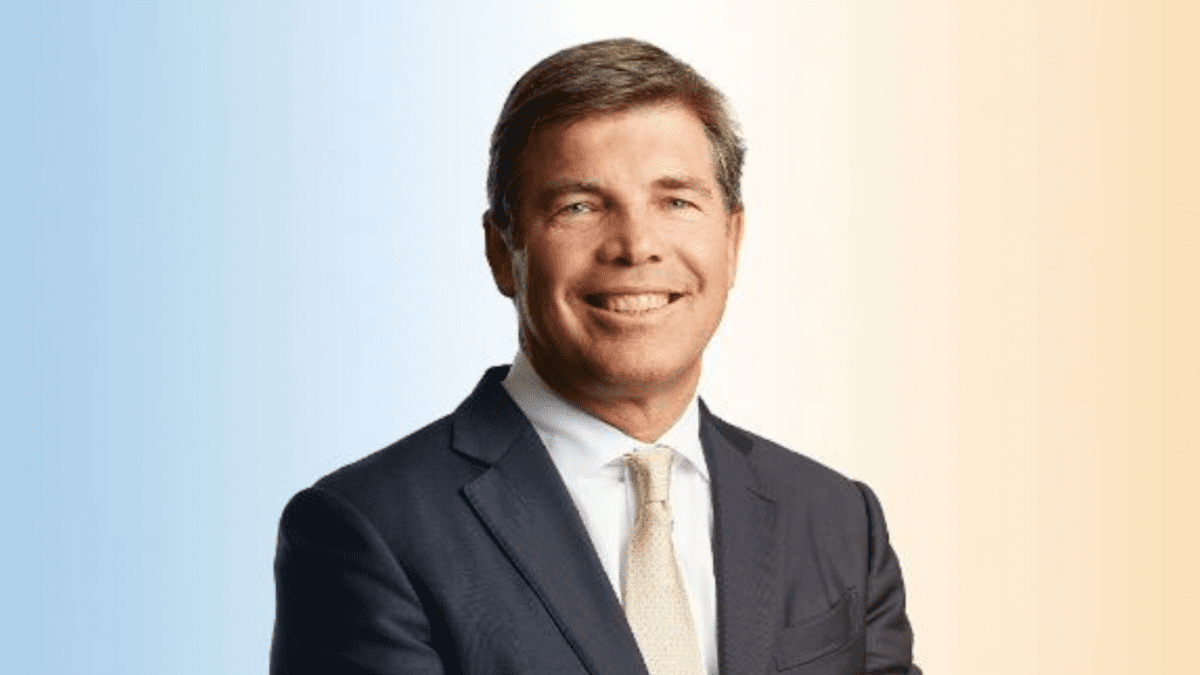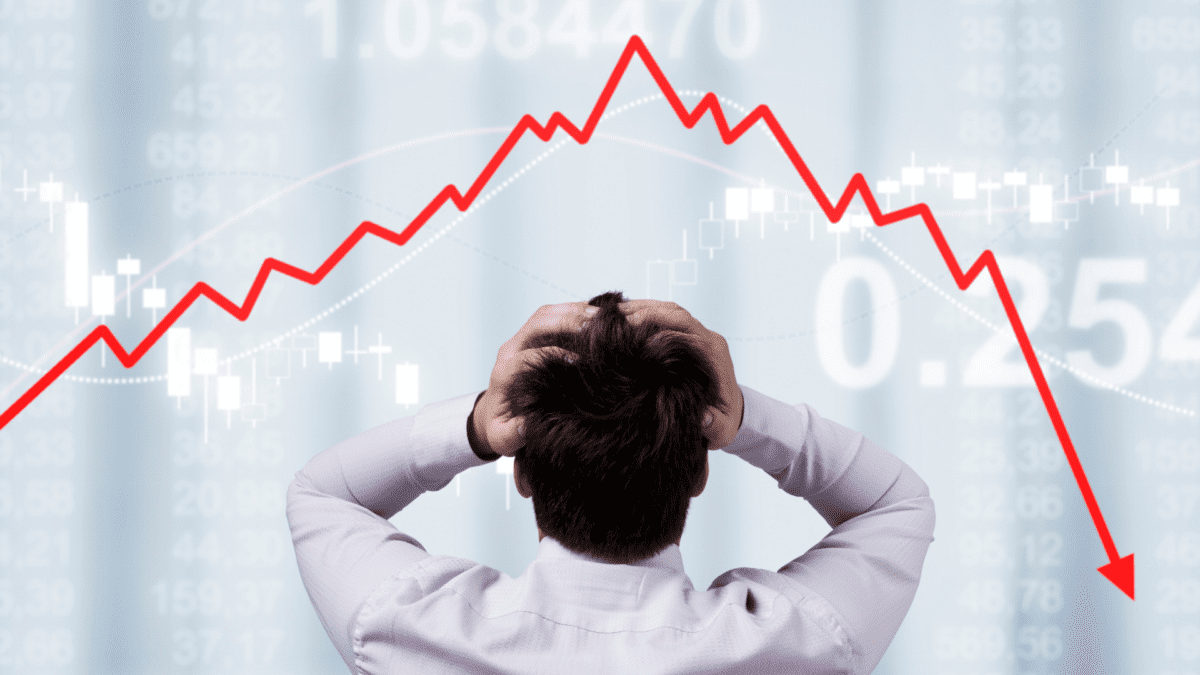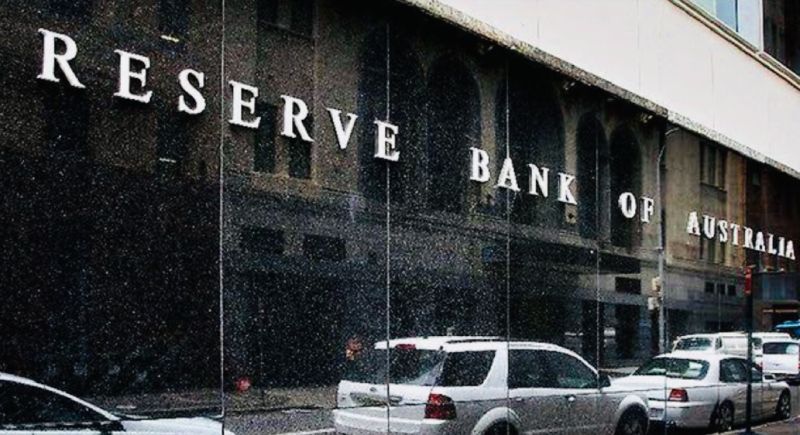APRA-regulated funds, especially profit-for-member funds, have had a good innings during the accumulation phase. It’s proving a different story in the decumulation phase with a growing number of members demanding a far more nuanced service.
First it was the pandemic, then rising interest rates that battered listed property trusts. For those who might be tempted to get back into this market, their investment shopping list should include five key factors before taking the plunge.
It was a mixed bag for self-funded retirees this reporting season. The big banks continued to deliver those precious franked dividends, Charter Hall gave the office sector a much-needed fillip, while Dexus reminded everyone just how much financial pain some property groups are still experiencing.
Company results are all about meeting investor expectations. So, despite a falling profit, Telstra shares were in demand yesterday while Cochlear, which posted a 27 per cent increase in earnings, found investors had a tin ear after the group forecast a slower 2025.
It might just prove a double whammy for self-funded retirees. A looming US recession is not only bringing sharemarket bears out of hibernation but could prompt the Reserve Bank to cut interest rates earlier than many analysts expected.
Slowing inflation, peaking interest rates and a renewed interest in companies with consistent earnings have sparked a rotation back into quality names in 2023. Sustainable investment strategies lend themselves to these types of businesses, according to Australian Ethical, which also sees a “massive gust of tailwind” from the net-zero push.
With monetary policy returning to what could best be described as normal settings, investors need to adapt to the changing circumstances, writes Wattle Partners principal Drew Meredith. It’s time to move away from risky growth assets and stop building portfolios for a ‘zero-rate’ environment.
Investors and advisers have a tendency to extrapolate recent events into the future, and the last six months have shown how dangerous this can be. For those reviewing and building portfolios as the new financial year begins, five key issues should be front of mind.
The RBA’s sharp policy shift towards higher rates has put significant wind in the tail of “boring, old” bonds. But do Australians understand the role they play in the fixed income spectrum, and what they can do for portfolios?
The popular debate lacks nuance. Neither is foolproof but both can play a crucial role in building portfolio resistance and balancing the risk/reward dynamic.















